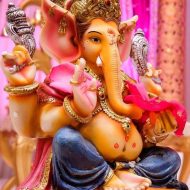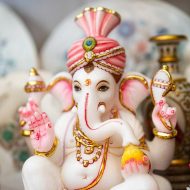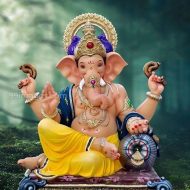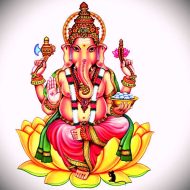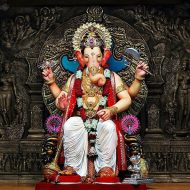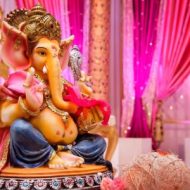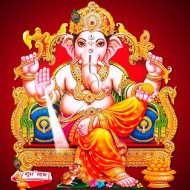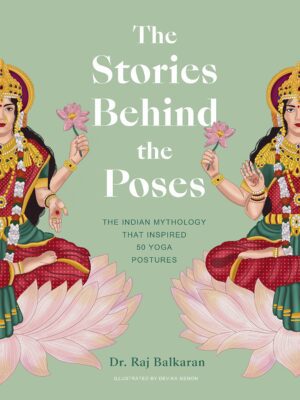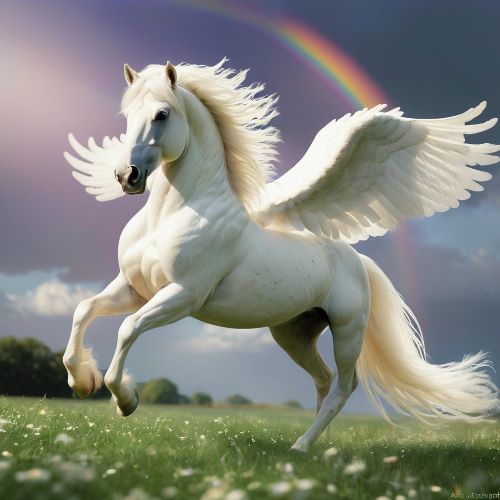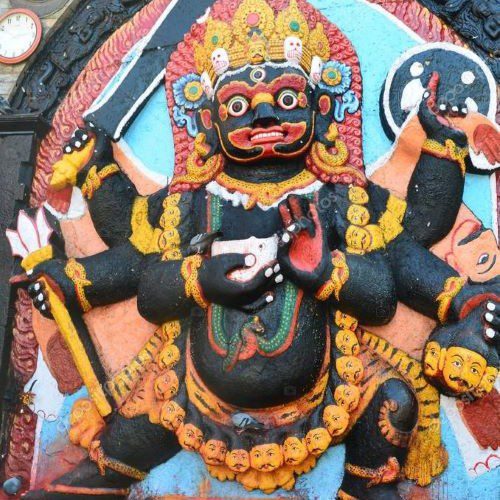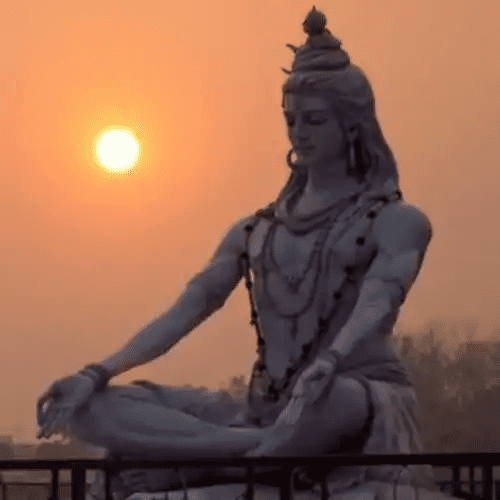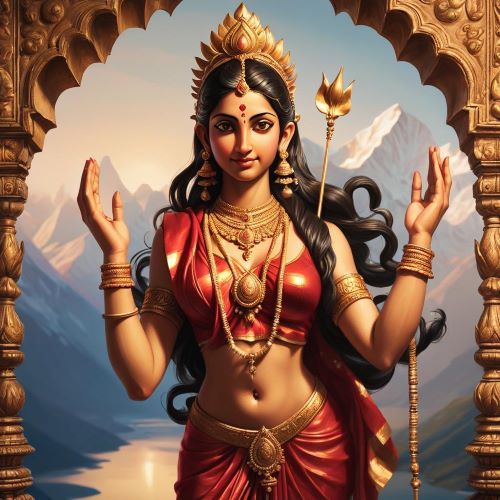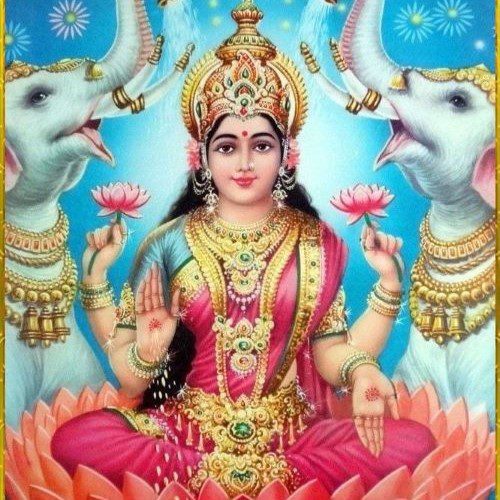Ganesha : The Remover of Obstacles
Listen
At a glance
| Description | |
|---|---|
| Origin | Indian Mythology |
| Classification | Gods |
| Family Members | Lord Shiva (Father), Parvati (Mother), Lord Murugan (Brother) |
| Region | India |
| Associated With | Removing obstacles, Good luck, Wisdom, Prosperity |
Ganesha: The Remover of Obstacles
Introduction
Ganapati, also known as Ganesha, is one of the Hindu deities worshipped in various countries. His image is found in various locations, such as India, Thailand, Indonesia, Singapore, and Malaysia.
Although he has many attributes, such as good luck and good intentions, he is most commonly identified by his elephant head. He is also revered as the god of beginnings, arts and sciences, and the bane of intellect and wisdom.
A depiction of an anthropomorphic figure from the Indo-Greek coins during the 1st century BCE that is believed to be Ganesha has been proposed by scholars. Others believe that the god may have been emerging in India and southeast Asia during the 2nd century CE. In Hindu mythology, he is the son of Shiva and Parvati, but he is also a pan-Hindu god known as the supreme deity in the Ganapatya tradition.
The Brahma Purana and the Brahmanda Purana are two of the main encyclopaedic texts that deal with Lord Ganesh.
Physical Traits
Like other deities, the image of Ganesha is subject to various variations and patterns. Some of his works depict him standing, dancing, or acting heroically.
Images of Lord Ganesha were prevalent in India during the 6th century CE. This example shows a common image of the deity, which is usually represented by his head and belly. Another similar statue was shown in the 12th century by Pratapaditya Pal.
This statue has four arms, and it holds a broken tusk in its lower-right hand. It also has a motif of turning its trunk to taste a sweet in its left hand. In most cases, Ganesha has an axe or goad in one arm and a pasha in the other. In rare cases, he may have a human head. The arrangement of his limbs is similar to that of a modern statue of dancing.
Since the beginning of his appearance in Indian art, Ganesha has been associated with the head of an elephant. Various theories have provided various reasons as to how he got his head. One of his popular forms is Heramba-Ganapath, which has five elephant heads.
One of the earliest images of Ganesha depicted him holding his broken tusk. The Mudgala Purana states that his second incarnation is Ekadanta, and that his belly has a distinctive attribute. According to this ancient tradition, two different versions of Ganesha use the same name, Lambodara and Mahadara.
Most of the time, Ganesha’s forms have between two and 16 arms. In ancient India, these arms were interchangeable. The number of arms varies, and some depictions have multiple arms. Another common feature of Ganesha is the serpent, which is a symbol of wealth and integrity.
Upon entering Ganesha’s forehead, one may see a third eye or a sectarian mark, which is composed of three horizontal lines. The Hindu tradition then states that a crescent moon should be placed on the forehead.
Many of the colors associated with Ganesha are associated with specific forms of meditation. For instance, white is often referred to as Heramba-ganapati or Rina-Mochan-Ganapati.
Family
Although it is widely believed that he is the son of Lord Shiva and Parvati, the various versions of his birth have been presented in the Hindu mythology. In some, he was created by either Parvati or Shiva, while in others, he was discovered by the other.
The family includes Kartikeya, the god of war, and Skanda, who is considered the elder. In the north, Skanda is worshipped as the older brother, while in the south, Ganesha is considered the firstborn.
The marital status of Lord Ganesha varies widely in Hindu mythology. In some cultures, he is regarded as an unmarried brachari. In southern India, this pattern is common. Another mainstream pattern associates him to various concepts such as Buddhi, Siddhi, and Riddhi as his wives. He is also associated with the Goddess Lakshmi.
The Shiva Purana states that Ganesha had been given two sons: Ksema and Labha. In northern Indian variants of the story, the sons are often referred to as Subha and Labha.
Other Names
Many Hindu titles and epithets have been ascribed to Ganesha, such as Ganapati and Vighneshvara.
Gana is a Sanskrit compound that joins the words gana and isha. When associated with Ganesha, the term often refers to the ganas, which are semi-divine beings that are part of the retinue of Lord Shiva. Some commentators believe that the term Lord of the Ganas refers to a lord of the universe or a group of lords.
Although the earliest recorded mention of the word Ganapati was in the 2nd-millenium BCE Rigveda, it is uncertain if the term was referring to the Hindu god Ganesha. The Amarakosha also lists eight synonyms of Ganapati, including Vighnaraja, Vinayaka, Dvaimatura, Ganadhipa, Heramba, Lambodara, Gajanana and Ekadanta.
Binayaka or Vinayaka is a common name for Ganesha, which appears in the Puranas and in Buddhist Tantras. He is referred to as Vighneshvara and Vighnesha, and these names refer to his duties as the master of obstacles. In Tamil he is also referred to as Pillayar.
In the Burmese language, Ganesha is referred to as Maha Peinne. In Thailand, the name Phra Phikanet is used to refer to the deity.
Powers and Abilities
Vighneshvara is the Lord of Obstacles. He is worshipped as a remover of obstacles and a spiritual order. He is often worshipped before anyone begins anything new.
Buddhi is a noun that is often translated as intelligence or wisdom. The concept of this word is associated with the personality of Lord Ganesha, who is considered to be a cleverer person. One of his names in the Ramayana and the Ganesha Sahasranamas is Buddhipriya. The name “priya” can also be used to refer to the “friend” or “husband.”
According to yoga, Ganesha is in the first chakra, which is called the muladhara. This is the place where the Divine Force manifests and the foundation for all creation. It is also known as the base of the spine. This is where the aura of the divine comes from.
Modern Day Influence
Ganapathy is often worshipped on various occasions, such as when a person purchases a vehicle or starting a new business. Hindus believe that if Ganapathy is worshipped, then he grants success, prosperity, and protection against adversity.
Hindus everywhere invoke the Lord Ganesha at the beginning of their prayers and various religious ceremonies. Musicians and dancers in southern India often start their art performances with a prayer to the god. One of the most popular mantras associated with Ganesha is the Om Ga Ganapatye Namah.
Devotees carry a bowl of sweets called modakaptra to carry Lord Ganesha’s body. He is also known to carry red flowers or a type of sandalwood paste. Durva grass is also used in his worship.
On the fourth day of the waxing moon, which is the fourth day of the uklapaka, various festivals are held for the occasion of Ganesh Chaturthi. The festivities are known as Vinyaka Chaturth and the Ganesh Jayanti.
An annual festival honors Lord Ganesha for ten days. The festival begins with the bringing of clay idols of the god to symbolise his visit. On the last day, the idols are immersed in a lake.
In Hindu temples, Ganesha is often depicted as a subordinate deity or a deity related to the main deity. As a god of transitions, he is also placed at the doorway of many temples to keep the unworthy out.
Related Images
Newest addition
Frequently Asked Questions
What is Ganesha god of?
Ganesha, also known as Ganapati, Vinayaka, and Pillaiyar, is one of the best-known and most worshipped deities in the Hindu pantheon. He is widely revered as the remover of obstacles
Why Ganpati has elephant head?
Parvati, the mother of Ganesha, created a young boy out of turmeric paste which she had applied on her body. She breathed life into it, and a little boy was born. When Shiva returned home, the boy, who had never seen Shiva, stopped him from entering. In a fit of rage, Shiva beheaded the boy. When Parvati saw this, she was filled with grief and rage. To pacify her, Shiva replaced the boy’s head with that of the first creature he saw, which was an elephant.
Who is Lord Ganesha daughter?
Lord Ganesha is known to have a daughter named Santoshi Maa, who is revered as the goddess of satisfaction.
Who were Ganesha's wives?
Ganesha’s brides were Siddhi and Buddhi, the daughters of Lord Brahma and Goddess Saraswati.
Why Ganpati has one teeth?
Ganesha, who was guarding Shiva’s inner apartments, opposed Parashurama’s entry as his father was asleep. In the ensuing fight, Parashurama threw his axe at Ganesha. Recognizing the axe as a gift from his father, Ganesha didn’t fight back and hence received it with his left tusk, which got chopped off.

